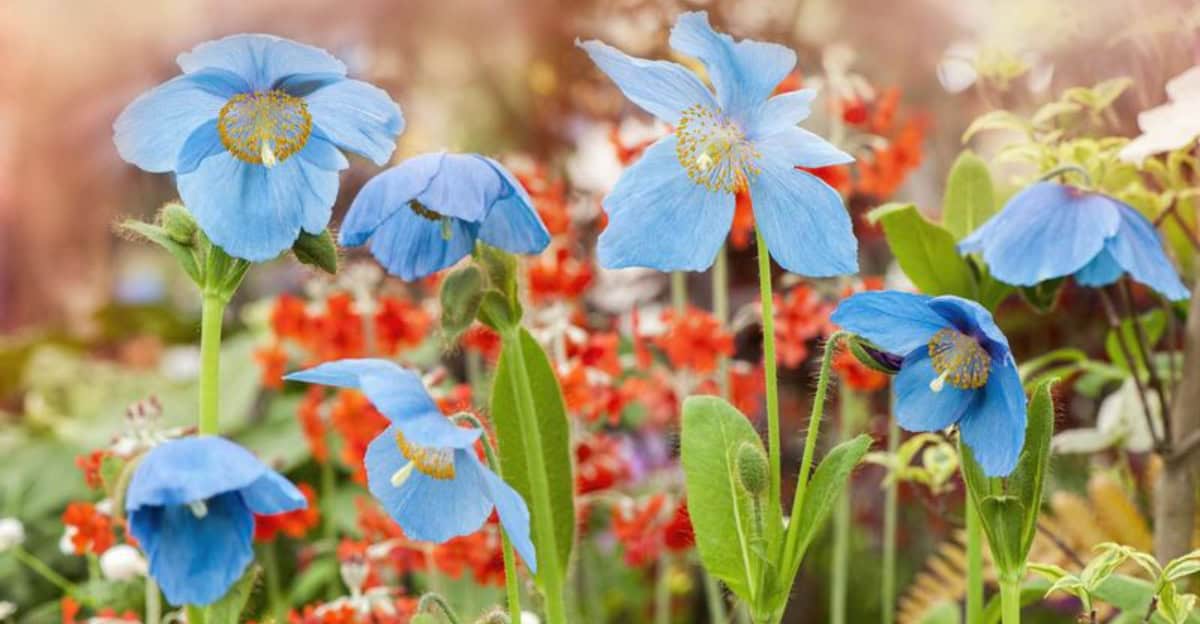Growing stunning blue poppies at home can be a rewarding experience, offering vivid blooms that are sure to catch the eye.
These unique flowers, known for their striking blue hue, require specific care and attention. Follow these 10 tips to cultivate blue poppies that will thrive and enchant your garden.
1. Choose the Right Location
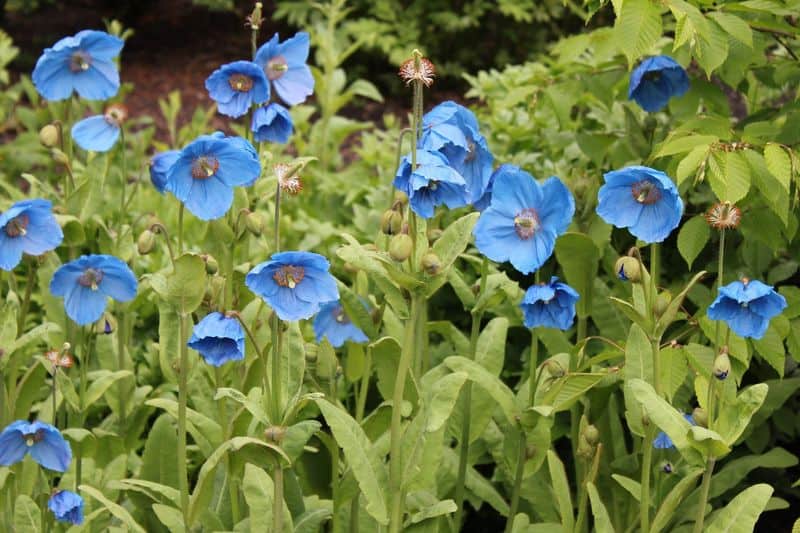
Finding the right spot for your blue poppies is crucial. They thrive in areas with partial shade and well-drained soil.
A location sheltered from harsh winds helps maintain their delicate blooms. Ensuring these conditions will promote healthy growth and vibrant colors, making your garden truly enchanting.
2. Prepare the Soil Properly

Blue poppies demand nutrient-rich soil. Mix organic matter and compost to enhance the soil’s fertility.
This preparation is vital for supporting their growth. Regular soil checks and amendments will ensure your poppies receive the nutrition they need, leading to robust and vivid blossoms.
3. Understand Watering Needs
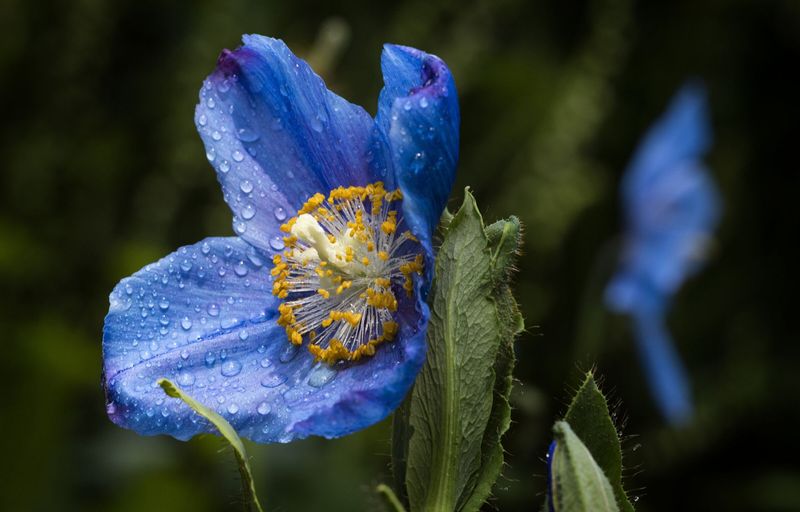
Proper watering is essential for blue poppies. Keep the soil consistently moist but not waterlogged.
Overwatering can lead to root rot, while under-watering may stunt growth. Adjust your watering schedule according to the weather to maintain the optimal moisture balance for healthy plants.
4. Select Quality Seeds
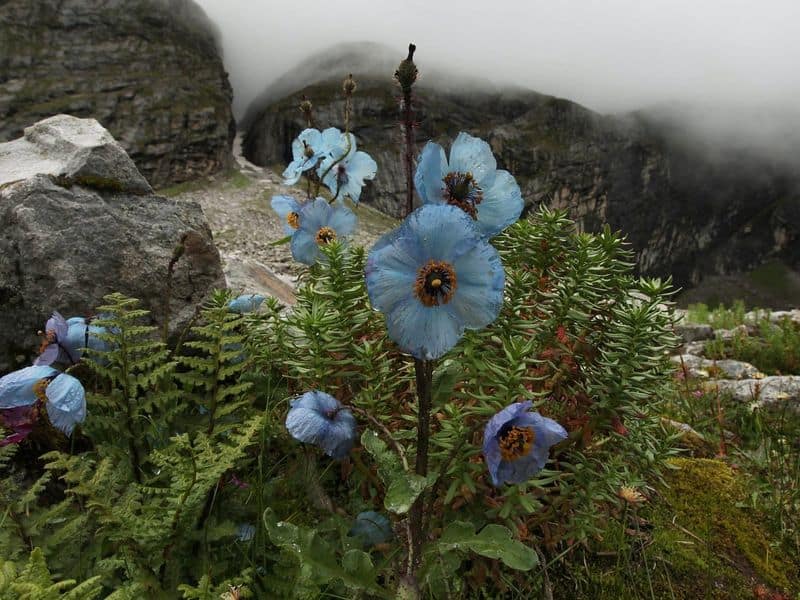
Starting with high-quality seeds ensures healthy plants. Look for reputable suppliers and check seed packets for germination rates.
Seeds should be fresh and suitable for your climate. Investing in the best seeds sets the foundation for strong plants and breathtaking blooms.
5. Plant at the Right Time
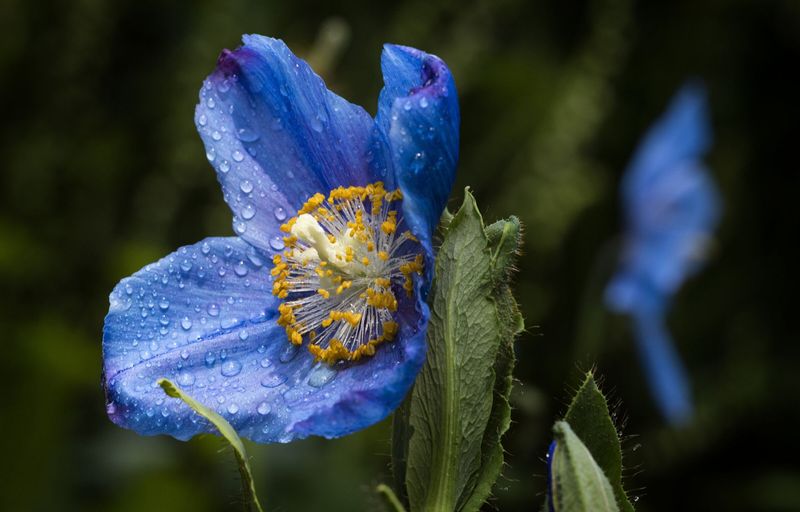
Timing is everything when planting blue poppies. Sow seeds in early spring or late fall, depending on your climate.
Planting at the optimal time ensures seeds have the right conditions to sprout. This consideration can lead to a flourishing garden filled with spectacular blue flowers.
6. Protect from Pests
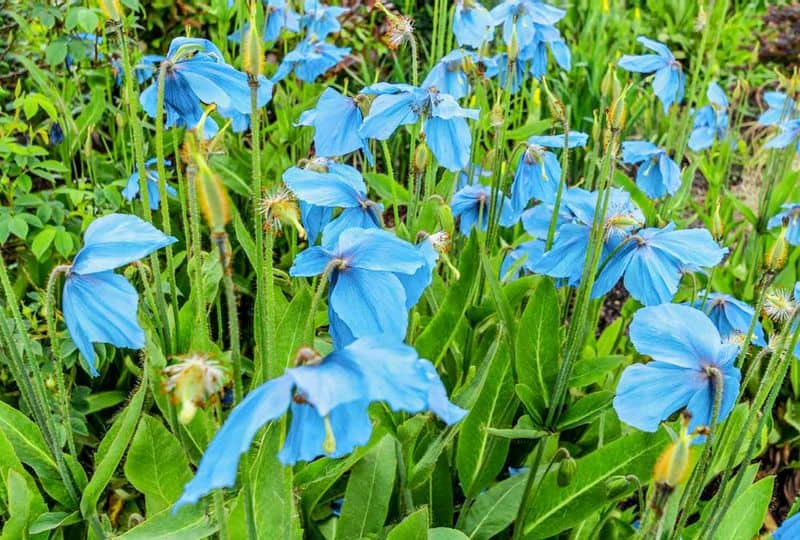
Pests can be a threat to blue poppies. Use natural deterrents like marigolds and encourage beneficial insects.
Regularly inspect your plants for signs of pests. Taking preventative measures will safeguard your flowers, allowing them to grow undisturbed and maintain their stunning appearance.
7. Provide Adequate Fertilization
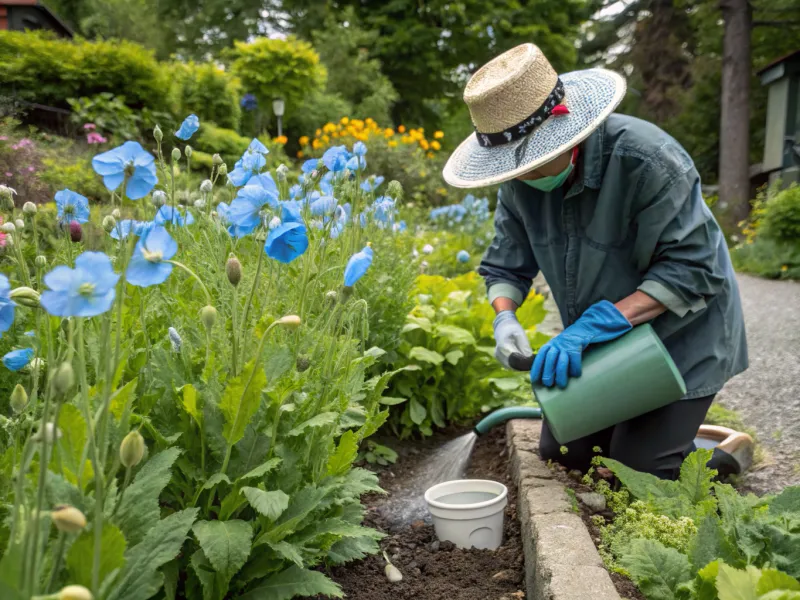
Fertilization supports the growth of blue poppies. Use a balanced, natural fertilizer to supply essential nutrients.
Apply carefully and follow guidelines to avoid over-fertilizing, which can harm plants. This practice helps maintain healthy, vigorous growth, resulting in beautiful, vibrant flowers.
8. Prune Regularly
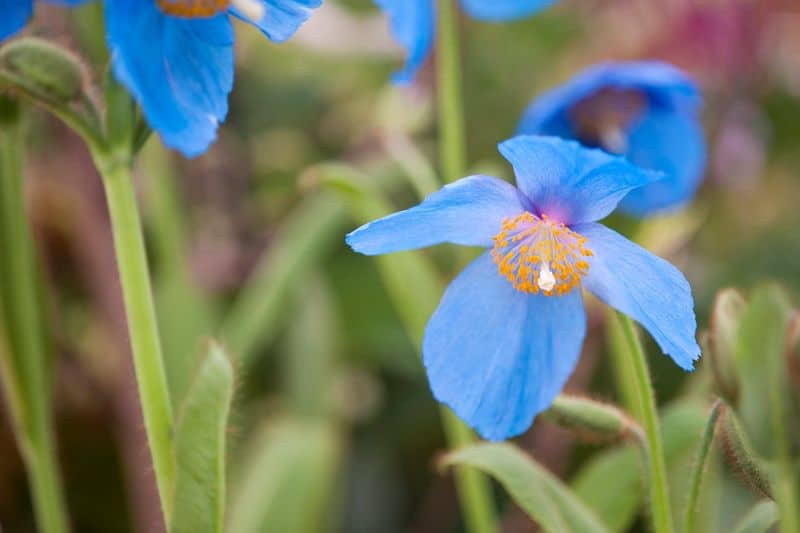
Pruning is key to maintaining blue poppies. Remove spent blooms and dead foliage to encourage new growth.
Regular pruning promotes a tidy appearance and enhances flowering. This care routine ensures your poppies remain healthy and visually striking throughout the blooming season.
9. Ensure Proper Air Circulation
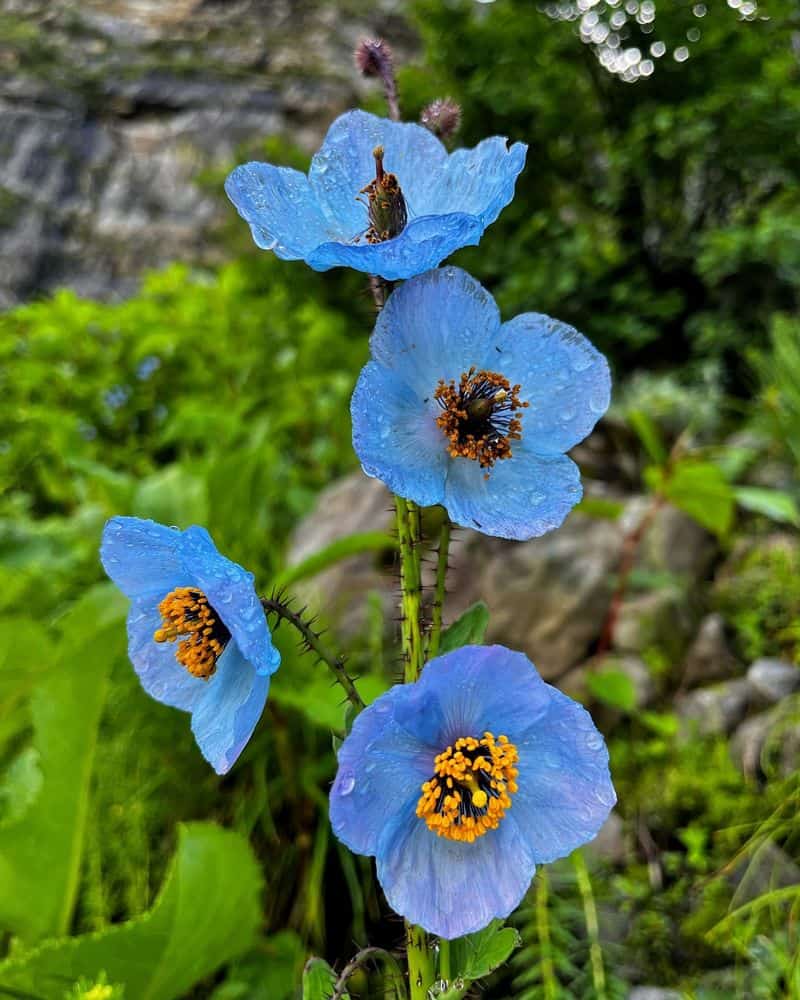
Air circulation prevents fungal diseases in blue poppies. Plant them with enough space to allow gentle air flow.
This spacing helps reduce humidity around the plants, minimizing the risk of disease. Healthy air circulation contributes to robust growth and dazzling blooms.
10. Monitor and Adjust Care
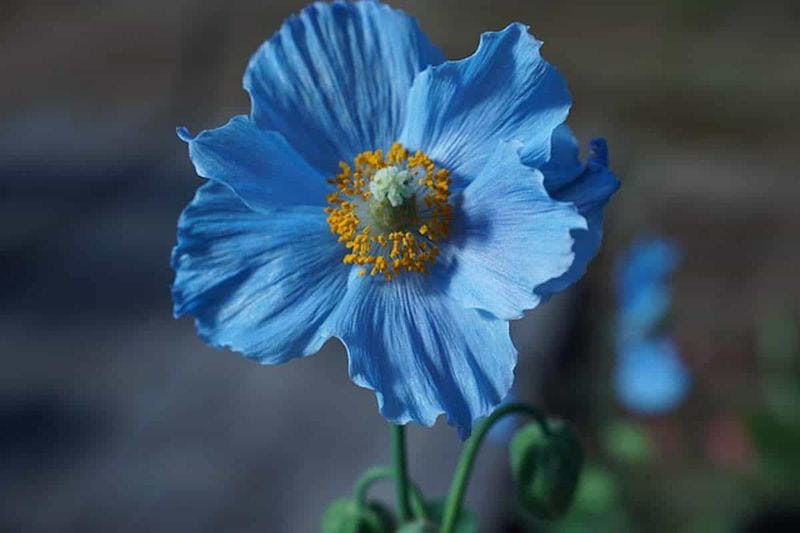
Constant monitoring helps adapt care for blue poppies. Observe their response to care routines and make adjustments as needed.
Every garden is unique, so flexibility ensures optimal growth conditions. This attentive approach leads to a thriving garden filled with mesmerizing blue flowers.

